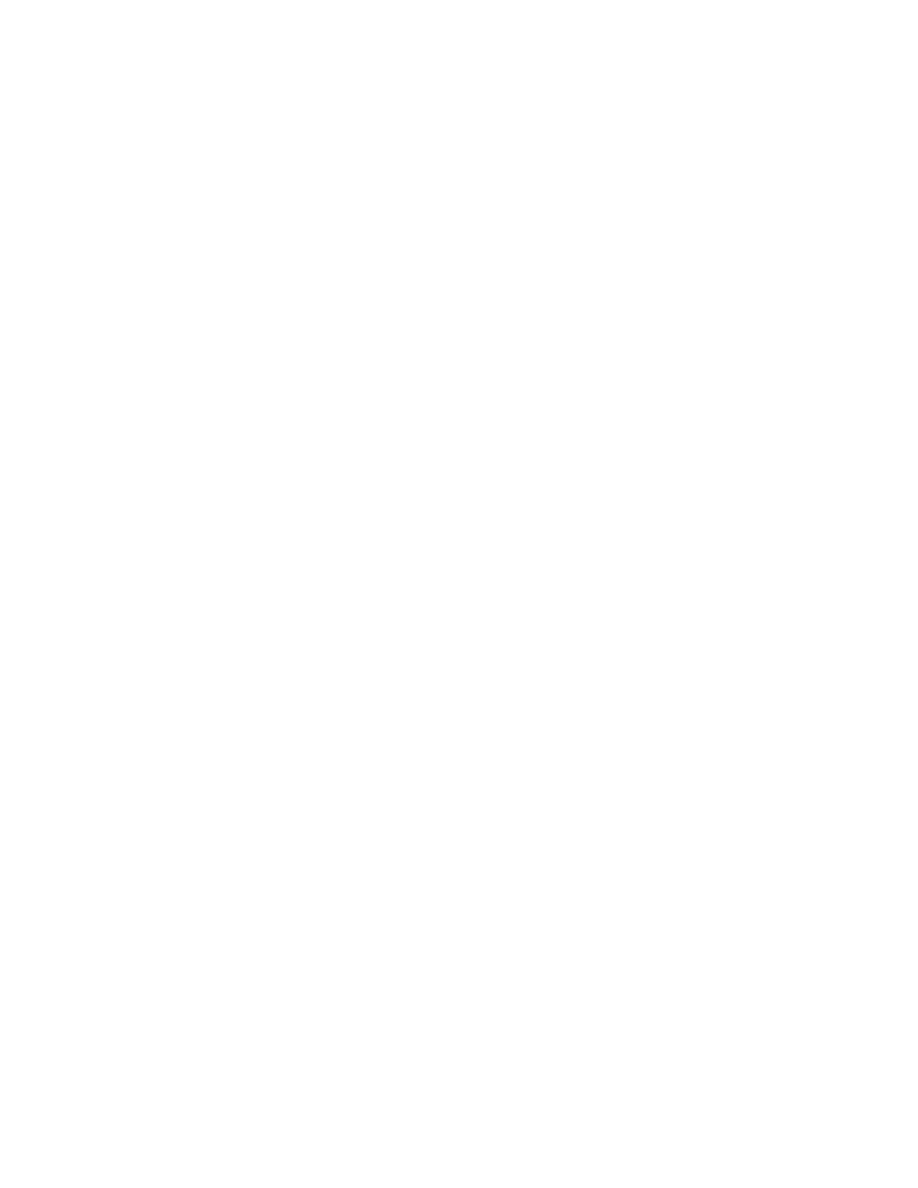 |
||
|
|
||
|
Page Title:
D.3 Sequential Batch Leach Test (SBLT) for Freshwater Sedments |
||
| |||||||||||||||
|
|
 volume, test results will show little difference in sequential leach test cycles. So,
results of an SBLT test on freshwater sediments will result in a "clustered"
desorption isotherm for these compounds, with the data reduced essentially to a
dot when plotted on the isotherm graph. For such clustered isotherms, Kd is the
single point distribution coefficient. Therefore, if the only contaminants of
concern are hydrophobic organics and these COCs are or are assumed to be
reversibly sorbed with no subfraction resistant to leaching, a single-point
isotherm, based on one SBLT test cycle, is sufficient.
Challenge water. Both the SBLT and PCLT involve "challenging" a
sediment sample with water to produce a leachate sample for testing. The site
conditions expected at the CDF should be considered in selecting the water used
in the tests. Most leachate tests should be performed using deoxygenated,
distilled-deionized (DDI) water, which is the appropriate challenge water to
simulate leachate generated by freshwater infiltration via precipitation. Tests
conducted with challenge water simulating acid rain conditions have shown no
effects on results as compared to DDI water because of the buffering capacity of
the sediments. Therefore, DDI water should be used for testing freshwater
sediments and for saltwater dredged materials placed in upland CDFs. For
saltwater dredged material placed in nearshore or island CDFs, the anticipated
site conditions should be considered to determine if fresh or saline challenge
water is appropriate. For example, some portions of sediments placed in
nearshore or island CDFs constructed in brackish or saltwater may remain below
the mean low water level and would never be exposed to freshwater infiltration.
For these conditions, dredging site water would be the appropriate challenge
water for leachate tests. In this case, salinity washout is not expected, and the
SBLT is appropriate.
Oxidation status of sediments. Most leachate tests should be conducted
using anerobic sediment (no drying or oxidation prior to testing). Anerobic
sediments are appropriate for testing related to all nearshore or island CDFs in
which the sediments will remain below the mean low water elevation. For
upland CDFs, anerobic conditions are also appropriate in most cases, since lower
horizons of the dredged material will remain saturated and anerobic, even if an
aerobic surface crust develops. An aerobic leaching procedure (in which the
sediments are dried and oxidized prior to testing) may be necessary if anticipated
site management would result in dewatering the full lift thickness prior to
disposal of all subsequent lifts.
D.3 Sequential Batch Leach Test (SBLT) for
Freshwater Sediments
The sequential batch leach test (SBLT), used to evaluate potential leachate
quality in freshwater dredged material, involves exposing anaerobic dredged
material to successive aliquots of anaerobic distilled-deionized water
(http://www.wes.army.mil/el/dots/pdfs/mpd941.pdf). Sediment is prepared and
loaded into centrifuge tubes under anaerobic conditions at a 4:1 water to
sediment ratio, then sequentially leached for 24 hr with distilled-deionized (DDI)
D9
Appendix D Leachate Testing Procedures
|
|
Privacy Statement - Press Release - Copyright Information. - Contact Us - Support Integrated Publishing |